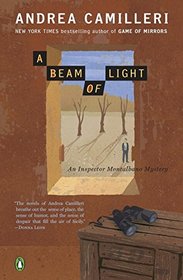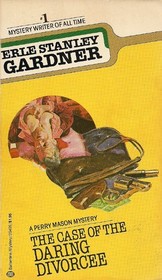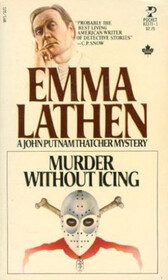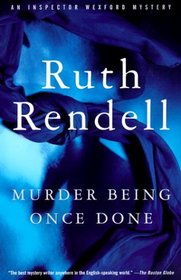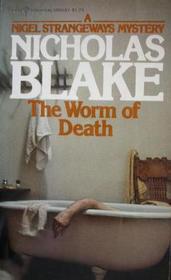A Beam of Light by Andrea Camilleri
Review by Matt B. (BuffaloSavage)
Released in 2012, this book recounts the nineteenth investigation by Commissioner Salvo Montalbano in the fictional Sicilian town of Vigata. We long-time readers of the series are happy to meet the usual characters and the usual situations which, after all, combine to make the series enjoyable and successful. We fans like Officer Catarella’s inability to communicate, Fazio’s fussy enthusiasm for accuracy and completeness, Augello’s winning ways with females, and foodie Salvo’s dinners by housekeeper Adelina and lunches at Enzo’s followed by his walk on the jetty to play with the crabs.
The core of the narrative sees the skillful intertwining of three stories in which Montalbano is involved in a more or less direct way, but to which he must try to devise an explanation. The main thriller comes from the robbery of a beautiful young woman married to a wealthy middle-aged jealous man. A second story line is the hunt for three Tunisian immigrants suspected of arms trafficking. Again the characterization is economical and convincing.
The third story line is the love affair of Salvo with Marian, a fascinating gallery owner. Salvo feels guilty about cheating on his long-time GF Livia. No ninny, Livia has realized on some paranormal level that she has lost something. She then falls into depression marked by isolation, disturbed sleep, fatigue, loss of appetite, and slow-moving concentration and activity. Alarmingly to readers but not to Salvo the Knuckle-head, she also suffers the classic anxiety symptom of feeling that something dreadful is going to happen. Poor Livia! Dense Salvo!
The ending is a bit forced but Camilleri’s writing is so engaging the reader doesn’t care. Salvo is a brilliant character because he gets easily distracted and he does things his own way. Montalbano is an ordinary guy thrust into nutty situations brought on by other fallible humans.

